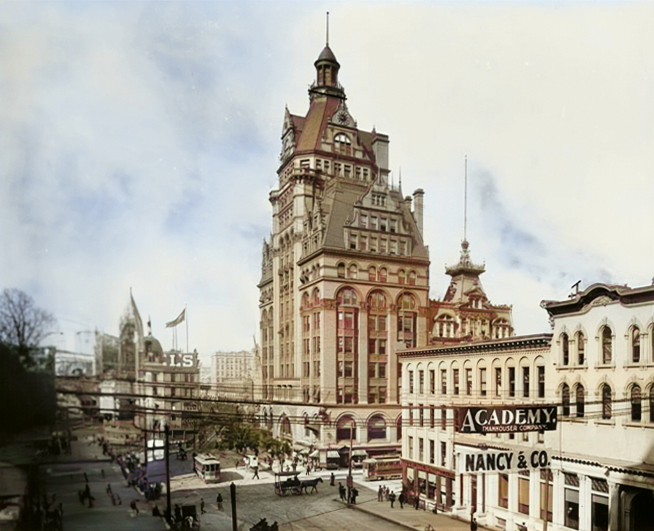The Pabst Building is a Neogothic skyscraper designed by Solon Spencer Beman, and built in 1891 in Milwaukee, WI.
The exact addresss of the building was 108 East Wisconsin Avenue, Milwaukee, WI. However, you won't be able to find it there anymore, since it was demolished in 1981, 90 year after opening its doors to the public.
The building underwent a major restoration in 1940.


